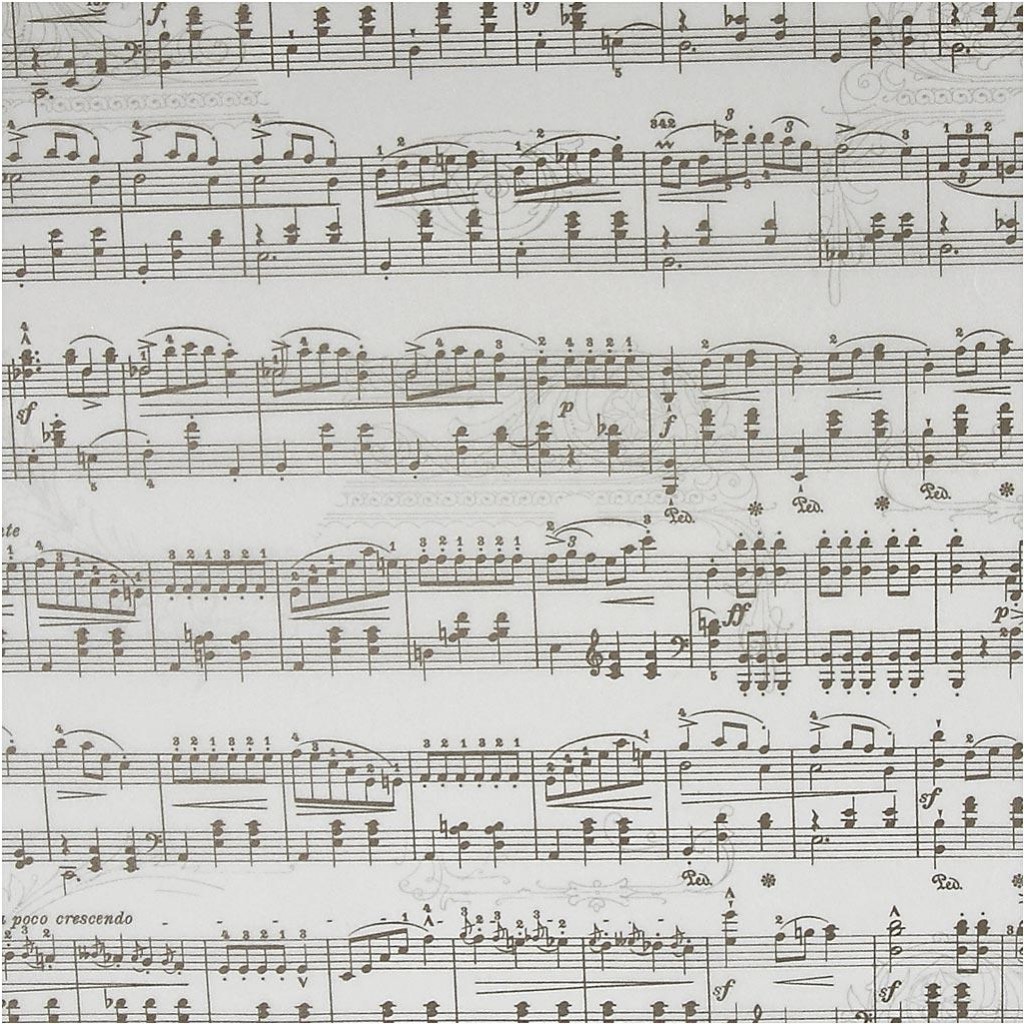So, I’m looping back to the Mindfulness Module. It has three parts – Wise mind, What skills, and How skills, and all three parts will help us apply the other three DBT modules. Last time, I explained the usefulness of Mindfulness as being in the present moment. I also explained about the wise mind being a combination of the logical and emotional minds, a combination of both black and white, but not gray.
“What skills” are the actions for Mindfulness, and they include:
Observe
Describe
Participate
Thinking is a behavior, and action, and the “What” skills are about helping us practice thinking and taking control of the mind, such that we don’t get caught by the moment, experience a negative reaction, possibly based on something from the past, or leave the situation prematurely. Controlling the mind allows us to enjoy the moment instead of letting the moment control us.

The first, Observe, seems like it would be easy, but in the days of multitasking is not as easy as it sounds. To observe is to step back, notice sensations through all the senses, neither push thoughts away or hold on to them, and focus only on the present moment. When, not if, the mind wanders distracted by sounds and sights around us, we bring it back to the moment. When, not if, the mind worries about the past or the future, we bring it back to the present moment. This takes a lot of practice!


With lots of practice, one can eventually get to the point of enjoying each moment without a constant stream of chatter, such as preoccupation, daydreaming, or rumination. We can focus on a conversation and really enjoy time with a friend. We can take a walk and not arrive having missed the beauty of the outdoors because we were preoccupied. We can read a news article, a book, or even the scripture without getting to the end and realizing we were just looking at the words without comprehending.
The second, Describe, is all about acknowledging. As thoughts come and go, label them. “I have this thought…” “My stomach muscles just tightened.” “That’s the feeling of anxiety.” Each one comes, is labeled, and let go again. Only things that can be observed through the senses are the focus; if it can’t be observed, it can’t be described. The most difficult part here is to keep to the facts, and not allow opinions to get in the way and become part of the describing.
Again, with lots of practice, we can observe and describe without getting caught up in judgment either of ourselves or of what’s happening. We slowly lose that negative soundtrack in our minds. We’re able to see what it true. I’ve found that this is not easy! And I’ve not spent enough time practicing; that’s for sure!
Once the moment is observed and described, we can act. The third, Participate, is about becoming one with whatever you are doing. Throw yourself into the action of the moment. Forget yourself. Do what is needed in the situation, acting from the Wise Mind. Go with the flow. The hardest part here is to not be self-conscious. It’s really about enjoying life fully.

